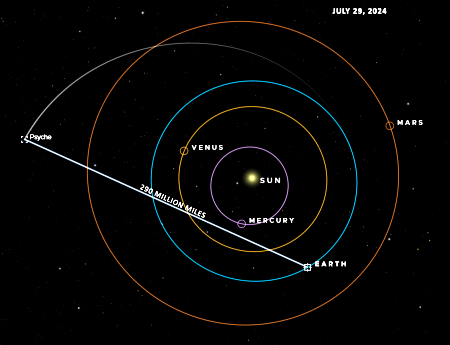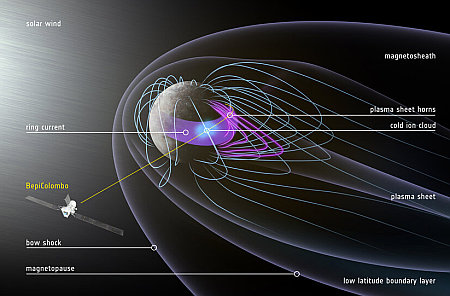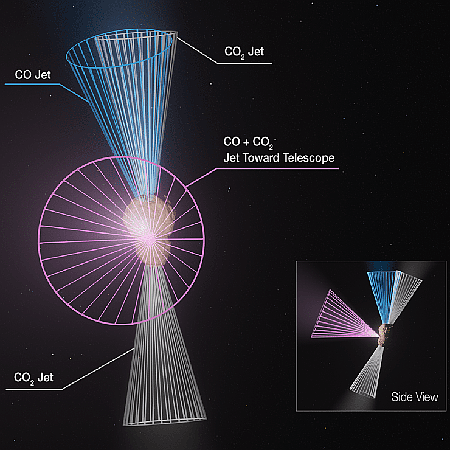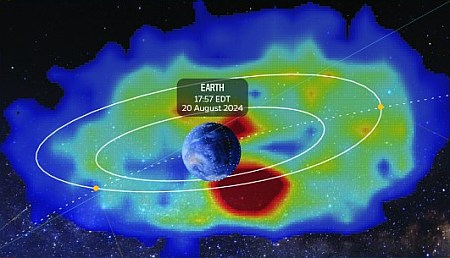Avio completes testing of new redesigned nozzle for its Vega-C second stage
The Italian rocket company Avio yesterday successfully completed the second of two static fire engine tests of the newly redesigned nozzle for the second stage of its Vega-C rocket, paving the way for the company to resume launches after the nozzle design failed both during a launch in 2022 and then again during a static fire test in 2023 after its first redesign.
A launch date has tentatively been scheduled for November, but this date is not yet confirmed. For this and the next several launches in 2025, the rocket will still be managed by the European Space Agency’s (ESA) commercial arm, Arianespace. Beginning late next year however Avio will regain complete control of its rocket and will be able to market it internationally, no longer required to deal with this unneeded government middleman. The launch price will then certainly go down, making Vega-C more competitive.
The Italian rocket company Avio yesterday successfully completed the second of two static fire engine tests of the newly redesigned nozzle for the second stage of its Vega-C rocket, paving the way for the company to resume launches after the nozzle design failed both during a launch in 2022 and then again during a static fire test in 2023 after its first redesign.
A launch date has tentatively been scheduled for November, but this date is not yet confirmed. For this and the next several launches in 2025, the rocket will still be managed by the European Space Agency’s (ESA) commercial arm, Arianespace. Beginning late next year however Avio will regain complete control of its rocket and will be able to market it internationally, no longer required to deal with this unneeded government middleman. The launch price will then certainly go down, making Vega-C more competitive.








